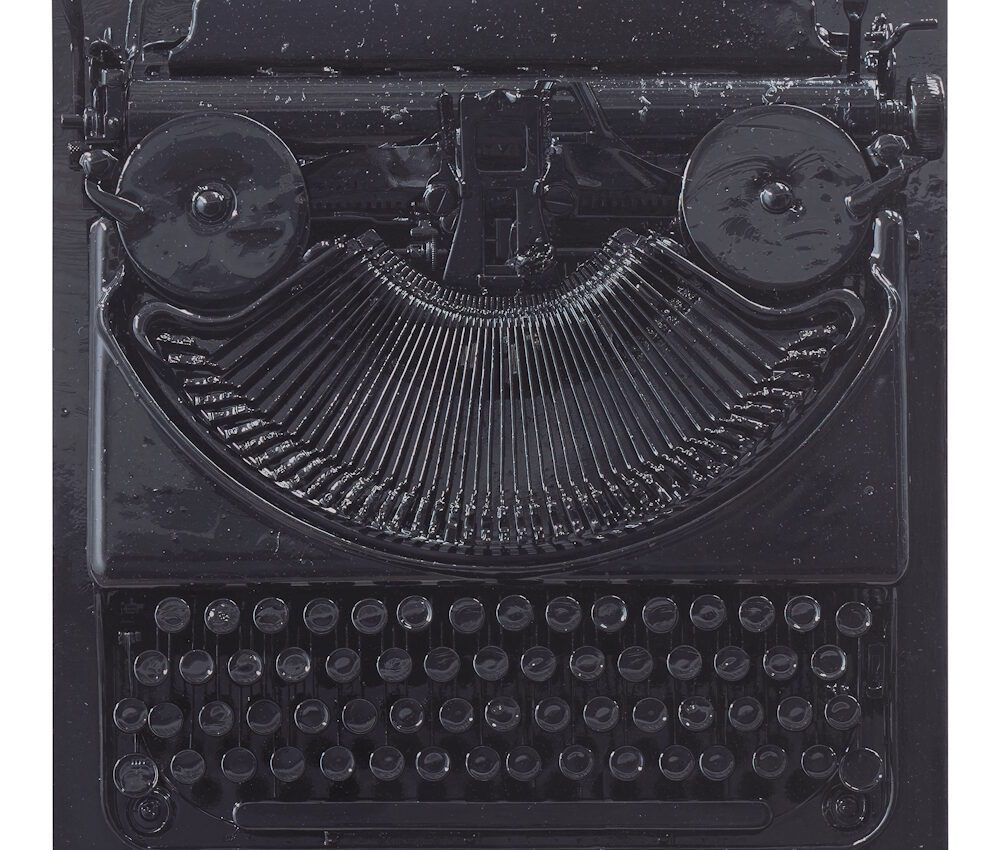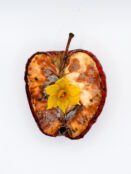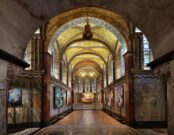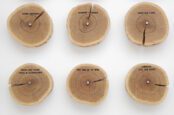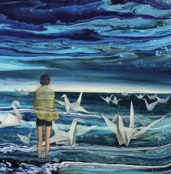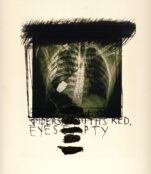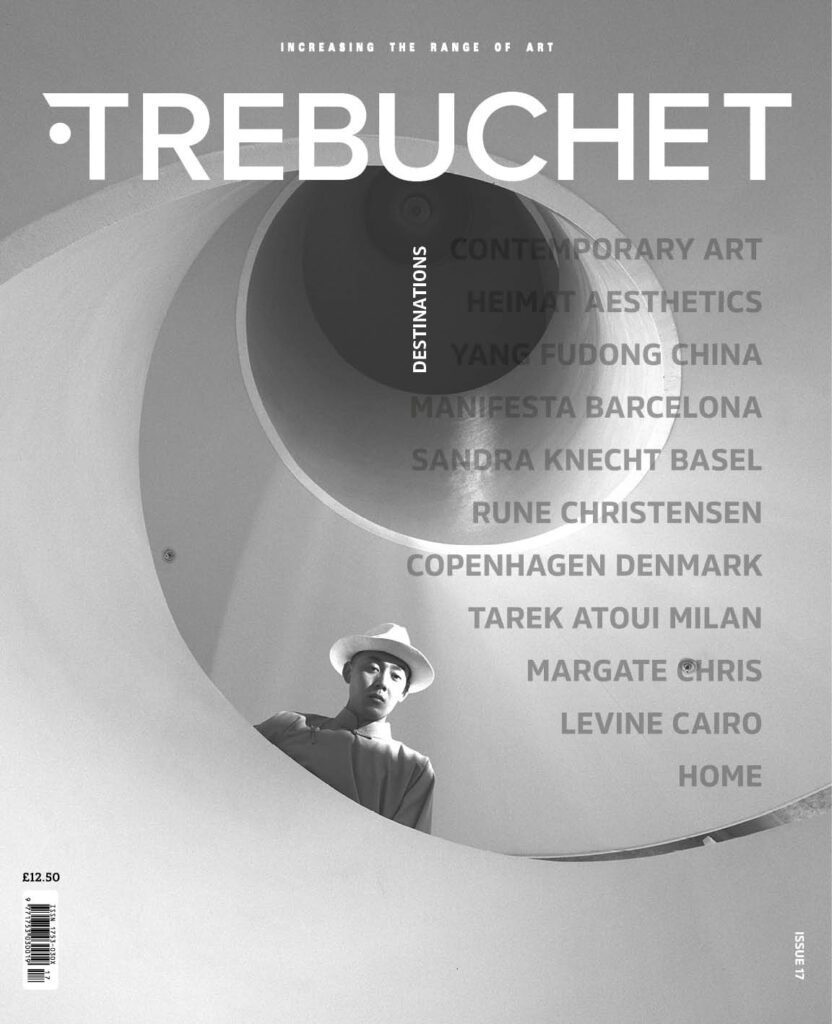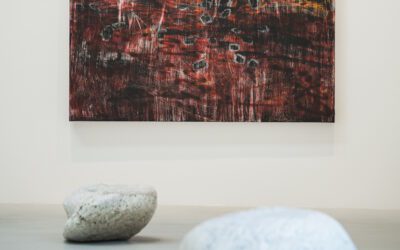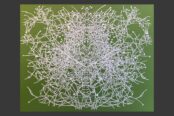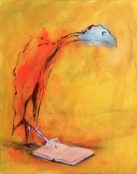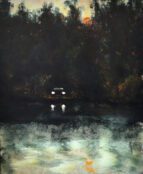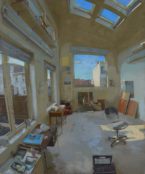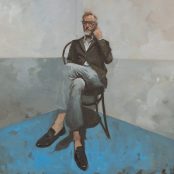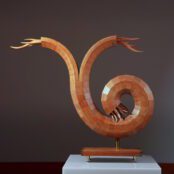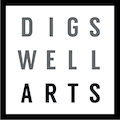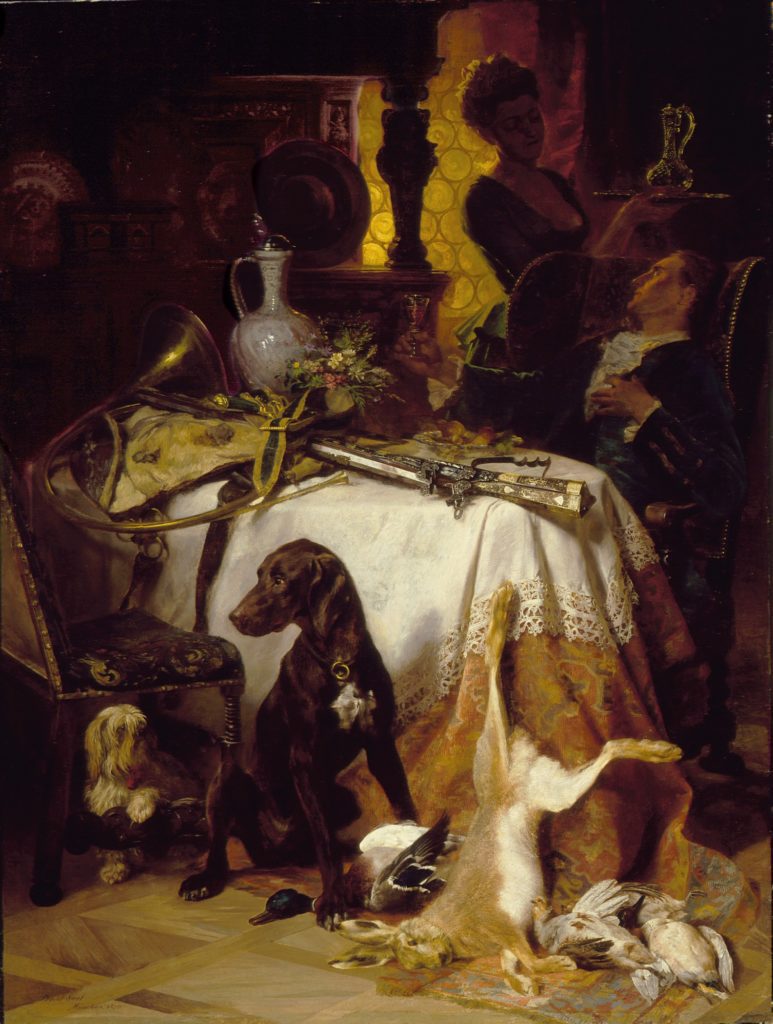Paul Sietsema has cast a deep shadow over the art world. Covering him in 2022, we took a look at his process. And it is a process. Methodical and purposeful, Sietsema’s artistic work continues to get deeper. With the advance of media artists who use photography and image making as the transactional fulcrum of culture, the play of ‘narrative construction’ becomes more important than the method of production, almost as though the invisibility (and thus inclusivity across various media channels – art is a message to be ‘shared’) of the presentation is key to how this generation of art works. Between artists from the 60s and 70s, for whom the materiality of the message vessel was a site of investigation, and this new generation, Sietsema’s work connects both approaches.
“A quick summation of his process runs as follows: multimedia artist Sietsema explores how imagery, form, and material affect our understanding of culture and history. Moving between discrete mediums at each stage of his studio process, he cycles between physical making and digital image manipulation to create series of works that focus on tools of media; painter’s tools, newspapers, coins, rotary telephones, dust, paper currency, etc. – art world ephemera and/or objects that might be said to have ‘currency’. In other words, he works with objects that carry a value beyond the implicit material of what they ‘are’. He renders these objects by hand with startling realism, employing labour-intensive techniques that mimic obsolete methods of mechanical reproduction and which by osmosis include the detritus that surrounds his process of making. In this way, some might see a form of Situationist entropy in his work where things are shop-worn by function of their function: dirty money, faded posters, torn tickets. He revels in their physical micro-history in contrast to the history carried by what these tokens represent, concepts which are worn by macro-historic movements.” (Trebuchet 2022)
Sietsema’s current exhibition at Marian Goodman Gallery demonstrates this practice in full maturity. The new works on the ground floor (with their unplugged rotary telephones and paint-soaked CDs) exist as archaeological artefacts of our own recent past, whilst the earlier pieces in the basement reveal the artist’s commitment to excavating the material memory embedded in cultural objects. Together, they confirm Sietsema as one of contemporary art’s most rigorous investigators of how meaning accretes through the physical residue of use, time, and exchange. In an era defined by the dematerialised circulation of images, his insistence on the thereness of objects (their weight, their decay, their indexical traces) offers a counterpoint, reminding us that even in reproduction, something material remains.
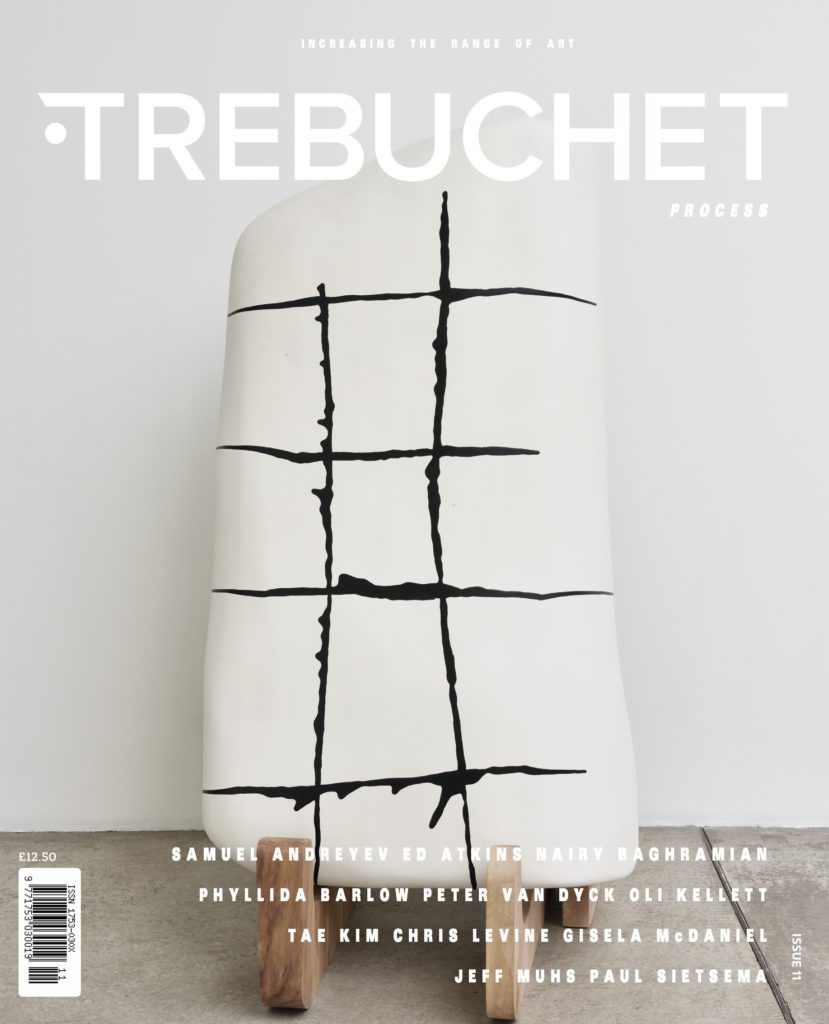
Read more in Trebuchet 11: Process
Featuring: Samuel Andreyev / Ed Atkins/ Nairy Baghramian / Phyllida Barlow / Peter Van Dyck / Oli Kellett / Tae Kim / Chris Levine / Gisela McDaniel / Paul Sietsema / Jeff Muhs
Paul Sietsema 18 Oct – 20 Dec 2025, Marian Goodman Gallery, Paris
Marian Goodman Gallery Paris is pleased to present Paul Sietsema’s second solo exhibition in France from 18 October to 20 December 2025. This exhibition brings together new works and older works, including two 16mm films. As seen throughout the exhibition, Sietsema’s work navigates the complex status of representation, exploring how meaning is constructed at the intersection of image and material. If art is a type of cultural language, Sietsema takes a dialectic approach that negates, disables, or redirects the natural flow of communication.
Seven new works created over the past year will be shown on the ground floor gallery. At first glance, the subject of each is a rendering of something familiar—a telephone, coin, paintbrush, et al—and yet, through the many layers of distance intrinsic to Sietsema’s process, these images behave as ghosts or containers of those very representations. These reliquaries reflexively stretch to relocate their relationship to function as time progresses them through an evolving system that fluctuates based on cultural and secular value. In Object painting, 2025, an obsolete machine physiologically designed for the human body to process labor into language is emblematized. The unplugged rotary telephone represented in Arrangement, 2025, defaults to the metaphysical plane of painting while picturing an out-of-reach potential for actual transmission and exchange.
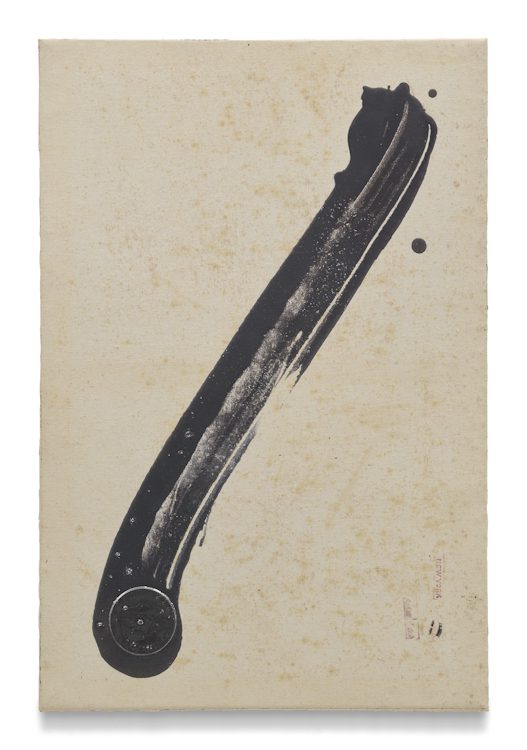
In these works, Sietsema either depicts or presents raw materials: metal, natural fabrics, and paint in their most direct forms. In line with this, reflecting on the symbolic value of paint, Gray painting, 2025, is an abstract, monochromatic composition riffing on concrete materialism that leaves parts of the primed canvas exposed. This piece looks back to a former work by Sietsema as well as abstract painting in the mid-twentieth century, in which painting evolved from the realm of the spiritual and political into a cultural currency with symbolic value. Similarly, Action painting (black line), 2025, and Action painting (white on black), 2025, draw upon the iconic status of the autonomous painterly gesture in Western abstract painting and the value attributed to it. Action painting (black line) features the painted image of a coin smearing paint across the surface of the canvas, likening the commerce and exchange value of painting to a material action.
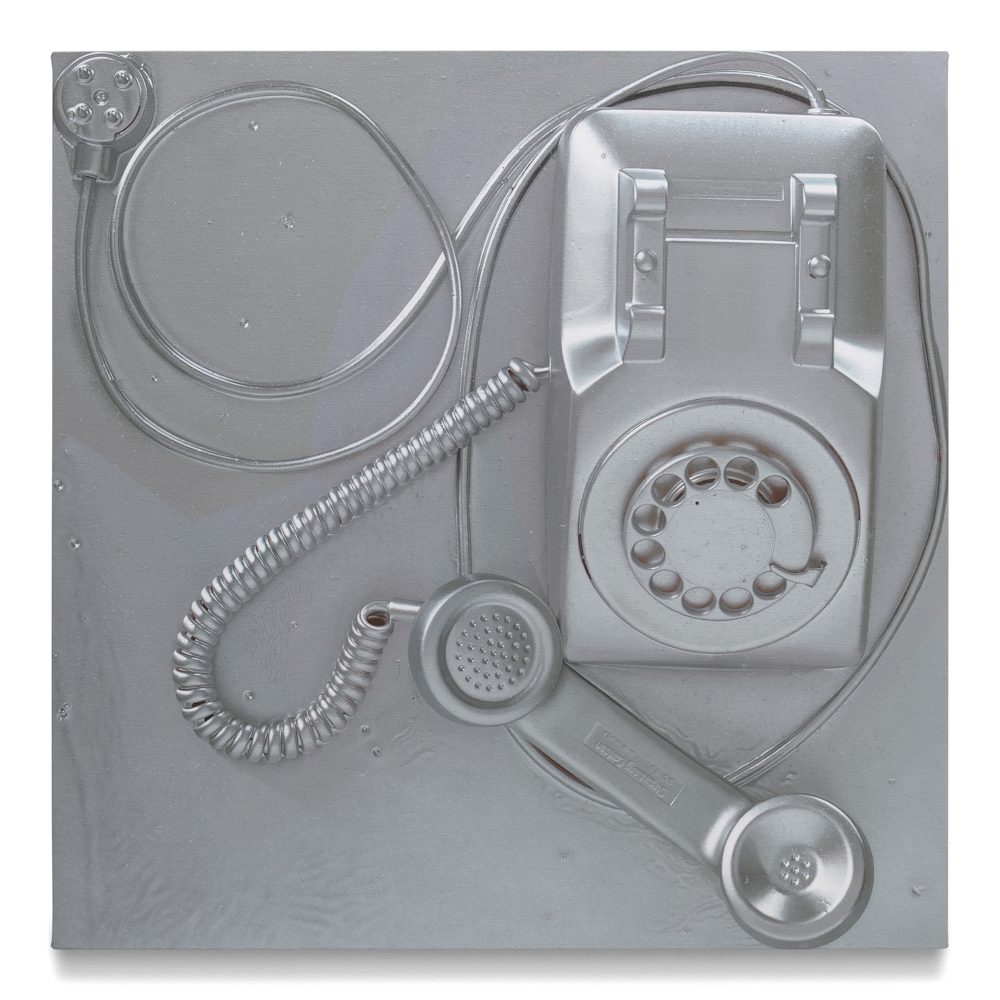
Both Action painting (black line) and Figure ground study (white on white), 2025 were painted on the versos of knockoff Jackson Pollock paintings purchased from online auction aggregators, complete with forged provenance stamps. In Figure ground study (white on white), 2025, and Arrangement (2025), we find shards of broken compact discs and LPs soaked in paint, the former objects are literally and metaphysically “muted” by the various interventions upon them, marking their transformation from object to image.
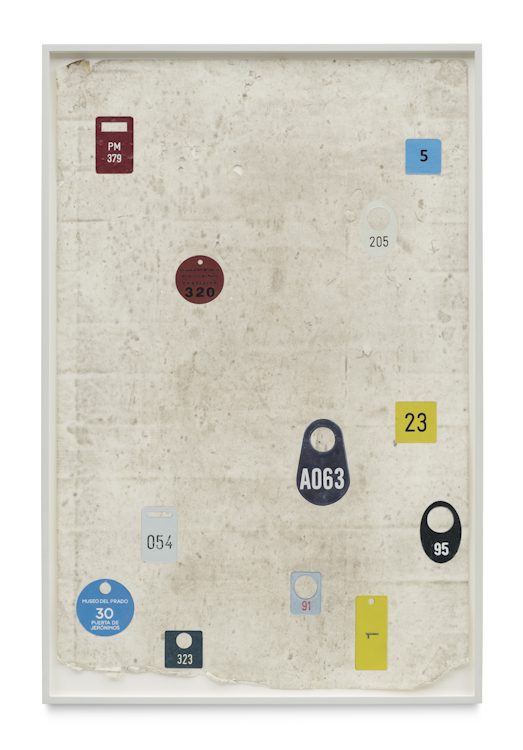
On view in the basement of the gallery are a selection of past works from 2009-2020. The date paintings 1992, 2015, and 1994, 2015, are created using brushed-on latex masking fluid and a broken airbrush, among other pre-digital photo retouching tools and methods, to depict minimal slabs of stone. The presentation of the dates on the stones conveys the scale of a personal rather than a collective history. Similarly, Collection 5, 2016, stages personally collected museum coat check tags made of enamel paint on paper, embedded with dust from the artist’s studio. Over many visits, the artist routinely exchanged a garment of clothing for a coat check tag, often inscribed with the museum’s name. At first, a garment was left accidentally, and later the artist deliberately abandoned various articles of his own clothing, in effect seeding museums around the world with Sietsema’s ‘works.’
In another work that derives in part from the effects of studio labor, Anticultural Positions, 2009,is a silent, black-and-white film displaying images of residual marks found throughout Sietsema’s workspace. This imagery is paired with subtitles taken from a 1951 lecture by Jean Dubuffet in which he champions formlessness and ambiguity as vital to the artistic process. This film was first screened at The New School in New York and presented as an unannounced replacement for an artist lecture while Sietsema was on a plane back to the West Coast.
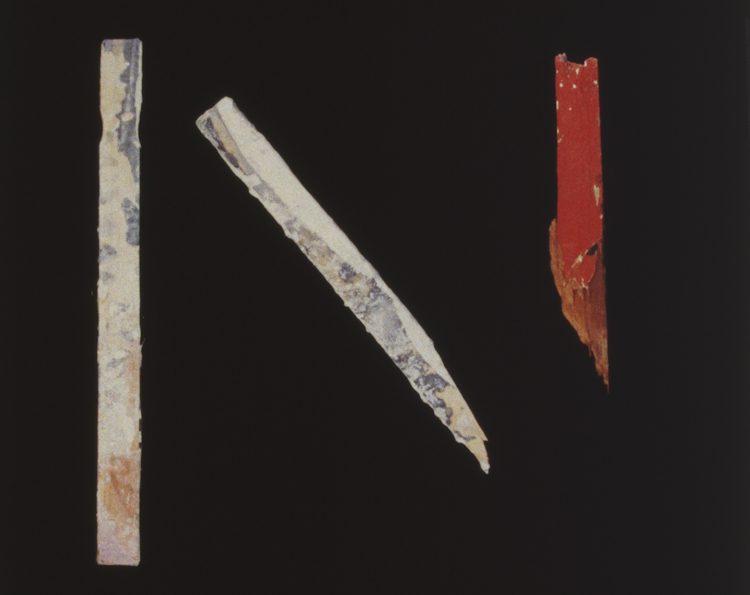
Both 16mm films on view exemplify the artist’s original medium of choice when examining the constructs of materiality and their larger relationship to media. In Telegraph, 2012, found shards of wood are used to form and embody language. Connected through a series of dissolves, the scraps of wood are configured and reconfigured within a repetitive, minimal structure that eventually spells out the phrase “L/E/T/T/E/R/T/O/A/Y/O/U/N/G/P/A/I/N/T/E/R.” The work explores the idea of an artwork as a transmission by diminishing the order of linguistic legibility and emphasizing the inherent abstraction of each letterform.
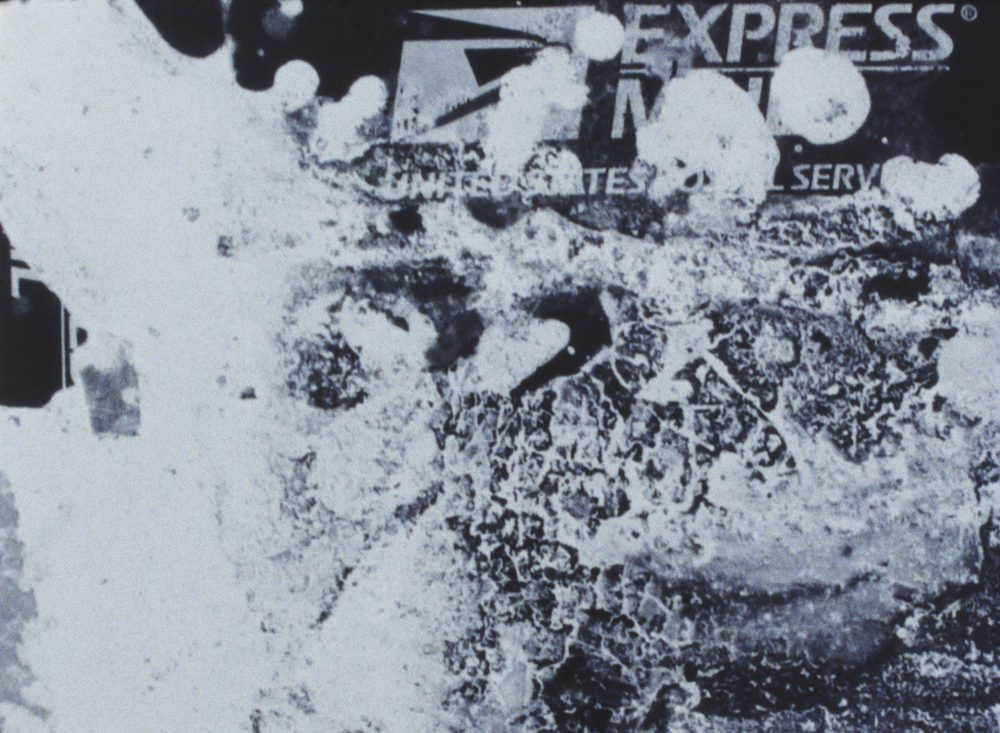
A precedent to the pieces on the ground floor, Action painting (1977), 2017, and Action painting (City National), 2016, are composed of a single gesture made with an object scraped or swiped through a bed of paint, respectively a coin and a credit card. The physical article remains embedded in the dried paint, leading the monetary subject to simultaneously lose and gain certain value in its transference into an artwork. For Blue Picasso, 2020, Sietsema silkscreened an original Guggenheim poster onto the canvas and then overprinted it with the color of the original border to create a monochrome mask over the image. This digital technique suggestively quiets the image, slowing or even stopping the original function of the poster.
Paul Sietsema (born 1968 in California) lives and works in Los Angeles. He graduated from the University of California, Los Angeles in 1999 and the University of California, Berkeley in 1992. Numerous institutions have organized solo exhibitions devoted to Sietsema’s work, including Nouveau Musée National de Monaco (2015); Museum of Contemporary Art, Denver (2014); Museum of Contemporary Art, Chicago (2013); Wexner Center for the Arts in Columbus, Ohio (2013); Mercer Union, Toronto (2013); Kunsthalle Basel (2012); The Drawing Room, London (2012); Schinkel Pavilion, Berlin (2010); Cubitt, London (2010); Midway Contemporary Art, Minneapolis (2010); Museo Nacional Centro de Arte Reina Sofía, Madrid (2009); Museum of Modern Art, New York (2009); San Francisco Museum of Modern Art (2008); de Appel Foundation, Amsterdam (2008); and the Whitney Museum of American Art, New York (2003).
Paul Sietsema at Marian Goodman Gallery
18 Oct – 20 Dec 2025
79 Rue du Temple, 75003 Paris, France
Images courtesy of Marian Goodman Gallery and the artist © Paul Sietsema
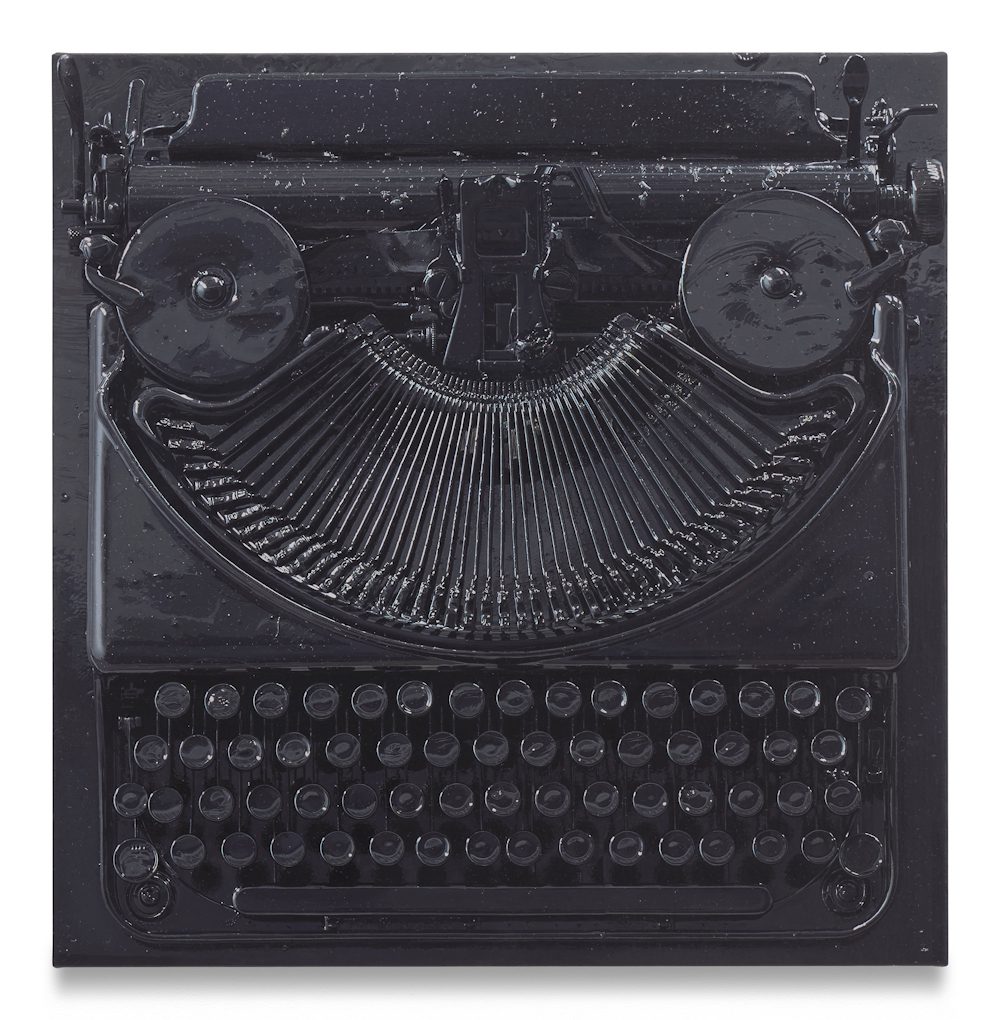
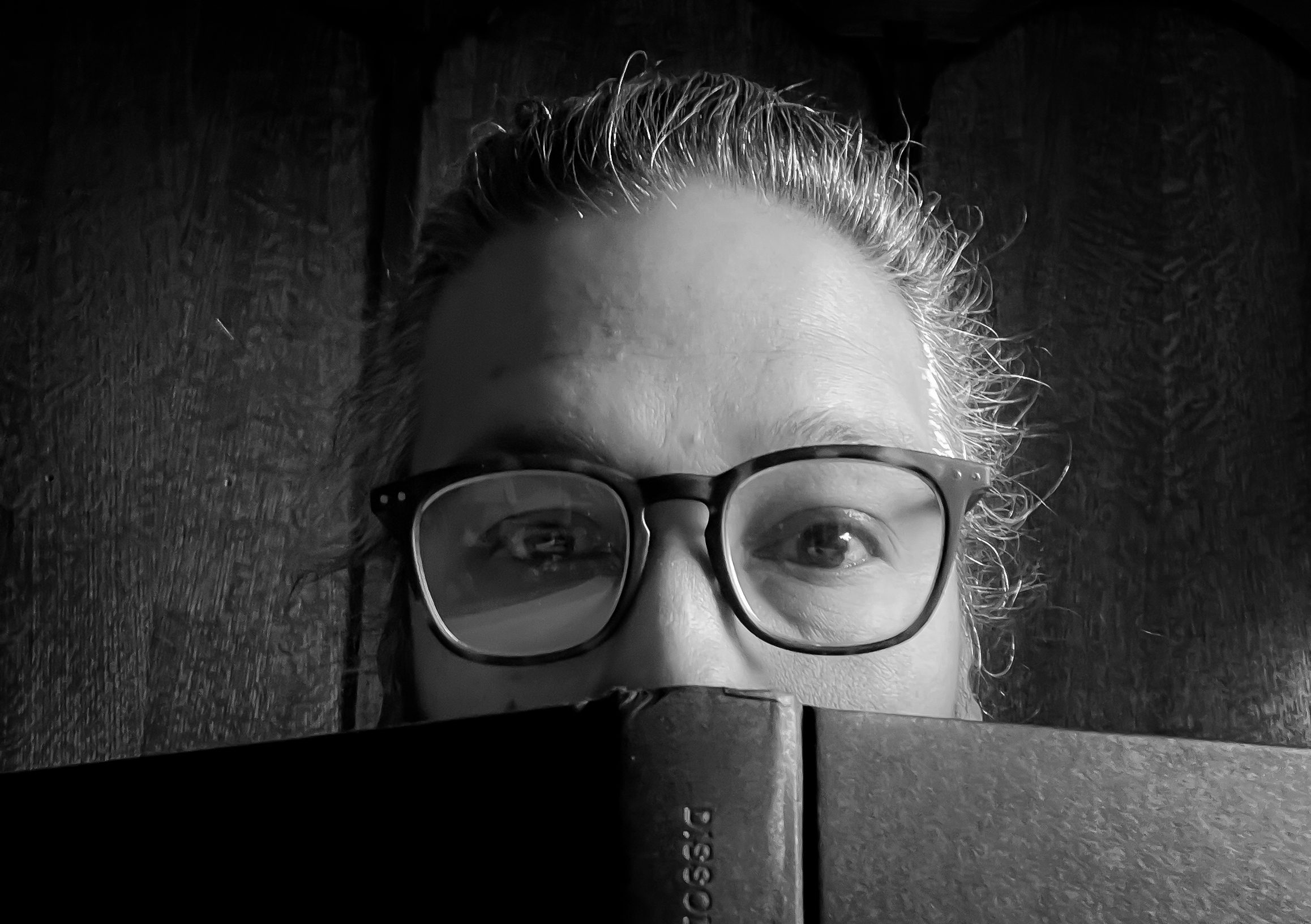
Ex-London based reader of art and culture. LSE Masters Graduate. Arts and Culture writer since 1995 for Future Publishing, Conde Nast, Wig Magazine and Oyster. Specialist subjects include; media, philosophy, cultural aesthetics, contemporary art and French wine. When not searching for road-worn copies of eighteenth-century travelogues he can be found loitering in the inspirational uplands of art galleries throughout Europe.

